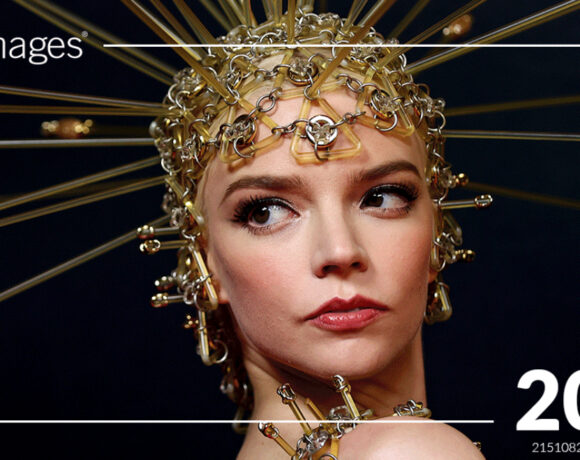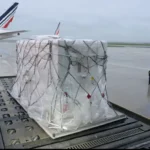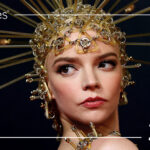teamLab Planets TOKYO Recognized by GUINNESS WORLD RECORDS™ as the most visited museum

teamLab Planets TOKYO DMM in Toyosu, Tokyo (hereinafter referred to as teamLab Planets), welcomed a total of 2,504,264 visitors from April 1, 2023, to March 31, 2024. This accomplishment has earned it recognition by GUINNESS WORLD RECORDS as the most visited museum (single art group) in the world.
Additionally, teamLab Planets recorded a total of 2,412,495 visitors from January to December 2023 (*1). When compared to “The Art Newspaper Visitor Figures 2023” survey (*2), which compares visitor numbers at museums around the world, teamLab Planets significantly surpassed other single-artist museums, such as the Van Gogh Museum in Amsterdam (1,686,766 visitors) and the Picasso Museum in Barcelona (1,047,094 visitors).
teamLab Planets also ranked 5th in Google’s “Year in Search 2023” for the “Most Popular Museums in the World” (*3), following the Louvre Museum (Paris), the British Museum (London), Musée d’Orsay (Paris), and the Natural History Museum (London).
This recognition marks the second GUINNESS WORLD RECORDS title for a teamLab museum, following the 2019 record set by teamLab Borderless: MORI Building DIGITAL ART MUSEUM in Odaiba, Tokyo, which attracted 2,198,284 visitors (*4).
MASSIVE NEW AREA TO OPEN IN EARLY 2025
In early 2025, teamLab Planets will expand significantly with the addition of major new art spaces. The new area will feature the creative athletic space Athletics Forest, the co-creative educational project Future Park, as well as the Catching and Collecting Forest. The expansion will include over 10 art installations, greatly enhancing the teamLab Planets experience.
ATHLETICS FOREST
Athletics Forest is a creative athletic space based on the concept of understanding the world through the body and thinking about the world three-dimensionally. People immerse their entire body in the complex and physically challenging three-dimensional space of the interactive world.
“Humans perceive the world with their bodies and think with their bodies. When you explore a complex, three-dimensional world with your own body, you physically perceive the world three-dimensionally and in turn your thoughts become three-dimensional. We started this project, Athletics Forest, with the hopes to enhance three-dimensional and higher-dimensional thinking.
Spatial awareness is said to be correlated with innovation and creativity. I grew up in a rural area and played in the mountains, but in today’s society and schools, the body is stationary. I think cities are surrounded too much by flat information such as books, TV, and smartphone screens. That is why we created a three-dimensional space that excessively demands the physical body. It is a space where people can perceive art with their physical bodies.”
– teamLab Founder, Toshiyuki Inoko
Read more about the Athletics Forest concept:
https://www.teamlab.art/concept/athletics-forest/
FUTURE PARK
Future Park is an educational project based on the concept of collaborative creation (co-creation). It is an amusement park where people can enjoy creating the world freely with others.
An artwork comes to life through the process of people creating something together with others. As people continue to co-create, the artwork evolves endlessly.
Read more about the Future Park concept: https://www.teamlab.art/concept/future-park/
CATCHING AND COLLECTING FOREST
Catching and Collecting Forest is a new learning space based on the concept of Catch, Study, Release, in which people explore the world with their bodies, discovering, catching, and broadening their interests based on what they catch. Visitors explore with their smartphones, capture various creatures, study them, and create their very own collection book.
When a visitor uses the smartphone’s camera to look at an animal moving in the space and shoots a Study Arrow at the animal in the camera’s view, the arrow flies out from the phone into the real space. When the Study Arrow reaches the animal, it disappears from the space and is added to the visitor’s own smartphone collection. When a visitor swipes a captured animal towards a location seen in the app’s camera, the animal is released and returns to that location.
“Physically exploring with others, discovering and catching something, then taking the chance to broaden interests based on what was caught. This is what we have been doing naturally over the long course of human history.
For humanity, the acts of catching and gathering are fun, educational, and part of life.”
– teamLab Founder, Toshiyuki Inoko
Last Updated on 6 months by News Desk 2












